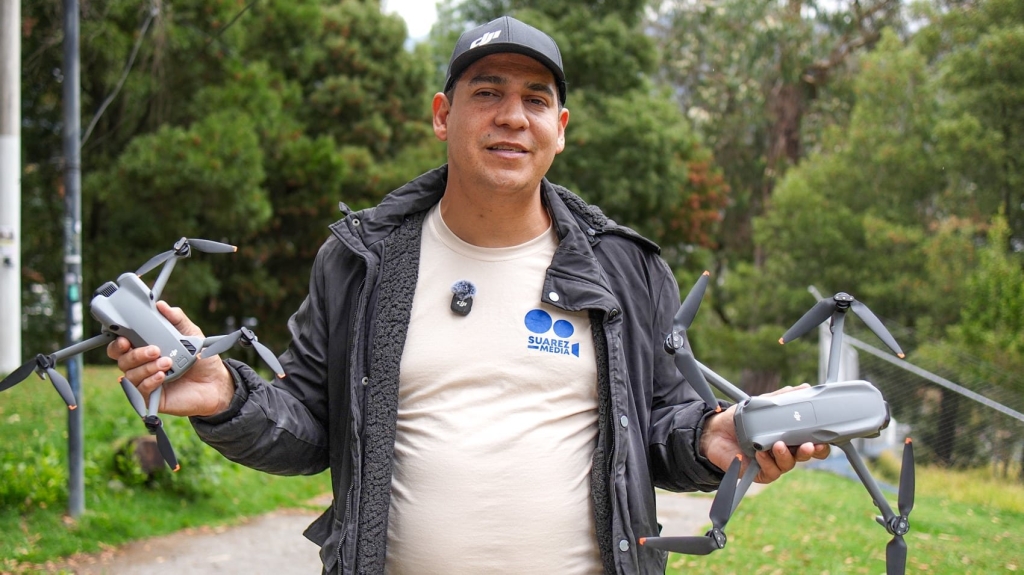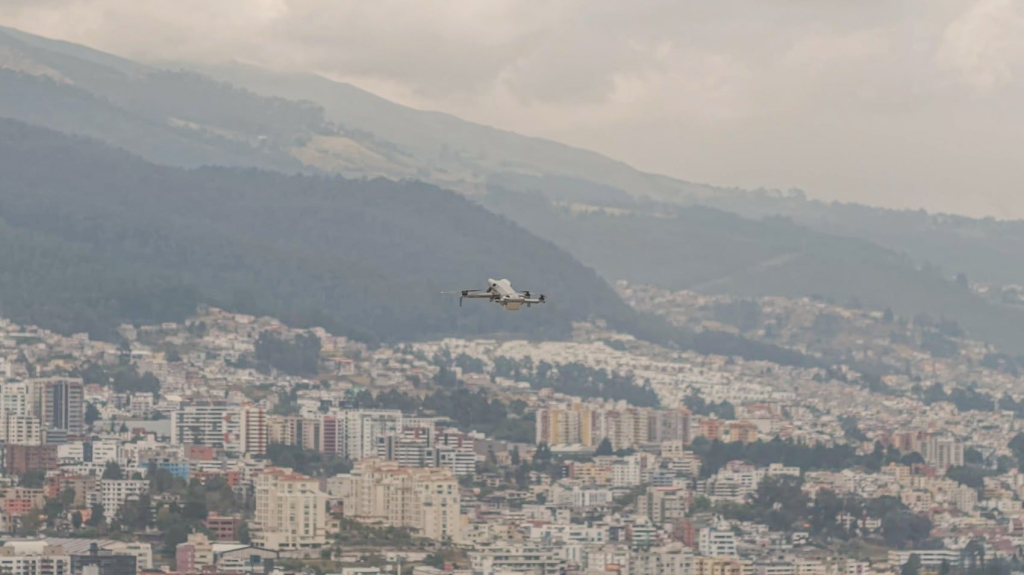DJI Mini 5 Pro Vs DJI Air 3S: Which Drone Should You Buy?

How important is camera performance to you?
Because—trust me—it’s the same camera on both drones, with the slight difference that the Air 3S has a 70mm zoom physical lens… mounted on what is essentially a Mini 4 Pro camera. You can verify this yourself by checking the spec sheets, or you can trust Philip Bloom, Tom’s Guide, and numerous other pilots, reviewers, videographers, and cinematographers who arrived at the same conclusion: the only difference regarding the camera is the focal length.
Same codec, same bitrates, same resolution… different body. To be completely honest with you, I’ve been flying both drones for a few weeks and trust me: I don’t need that 70mm zoom lens as much as I thought… but I see many advantages with the Mini 5 Pro.
You see, both feature 1-inch sensors, both deliver 14 EV dynamic range, 4K/60fps HDR, and 4K/120fps slow motion (with the Mini 5 Pro capable of achieving this while recording vertically, while the Air 3S limits itself to 2.7K resolution when shooting vertical).
Even—or better yet, especially—the color science is identical for both drones, featuring D-Log M and HLG profiles with 10-bit H.265 recording, specifically designed for professional color grading workflows. Or even if you’re feeling lazy, just drop the DJI conversion LUT and you’ll see the difference right away.
The only scenarios where I would choose the Air 3S are when I really need the 70mm zoom or when there’s heavy wind. That said, both the DJI Air 3S and Mini 5 Pro share the same maximum wind resistance level of 12 m/s (Beaufort scale level 6), but you can feel the extra weight of the Air 3S while flying—it jumps around slightly less than the Mini 5 Pro. Even when we talk about battery life (we’ll discuss this more in another article), the Air 3S offers 45 minutes of flight versus the 36 minutes of the DJI Mini 5 Pro’s standard battery… but the Mini 5 Pro has the advantage of accepting Plus batteries. These batteries deliver 52 minutes of flight time, instantly winning in the endurance department.
Portability and Practical Usability
When you’re hiking up a mountain, every gram counts. If you carry a Mini 5 Pro with the controller and batteries, that will weigh around 3 pounds. But if you decide to go with the Air 3S, that weight can easily double. And you’ll feel every gram of it.
Another critical consideration is the regulations surrounding the drone you plan to use. For the Mini series, you typically don’t need a special license if you’re making recreational flights, but with a 600-gram drone, you’ll normally need to register your aircraft and obtain a license to fly.
Regulatory implications are profound: the Mini 5 Pro remains registration-exempt in most jurisdictions (C0 classification in Europe), while the Air 3S mandates licensing.
And when we compare prices

with the only main difference being the 70mm telephoto lens, that’s when the Mini 5 Pro starts to look a lot like an Air 3S killer.
Safety Features and Obstacle Avoidance
I wish I could find meaningful differences here. And trust me, I searched extensively on both drones. But I couldn’t find ANY significant differences because both drones use the EXACT SAME SYSTEM for safety and obstacle avoidance (which also means that the obstacle avoidance limitations remain consistent across both models). The Mini 5 Pro introduced Nightscape Omnidirectional Obstacle Sensing with LiDAR and vision sensors, actually matching the Air 3S capabilities.
Both utilize 360-degree ActiveTrack and subject tracking. They’re excellent drones, and I don’t know whether to laugh or cry while writing this article. Actually, I’ve been a fan of the Mavic Air series for years—my first drone was a Mavic Air, followed by the Air 2 and then the Air 2S. The only one I haven’t purchased was the Air 3 because I found it unnecessary for my work. But after being genuinely impressed by the zoom capabilities on the Air 3S—the composition aid and those beautiful compressed shots—and then seeing that DJI engineers essentially took the gimbal innovation from the Mavic 4 Pro and removed the zoom from the Air 3S to create the Mini 5 Pro… I can confidently say the Mini 5 Pro is a monster of a drone.
DroneXL’s Take
Perhaps there will be some pilots who can’t afford to buy a Mavic 4 Pro and its beautiful long lenses—maybe those are the ones who will opt for the Air 3S. But for the rest of us who want a great drone with long flight time, excellent camera quality, and a budget-friendly price point, there’s going to be a Mini 5 Pro waiting for us.

Photo credit: Rafael Suarez

